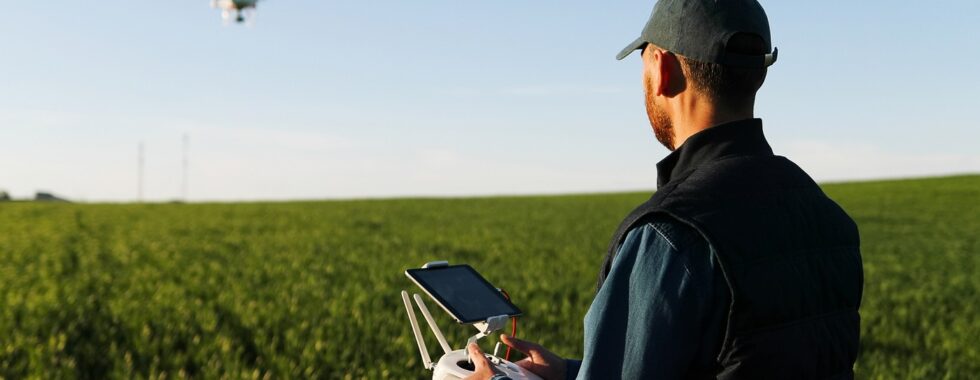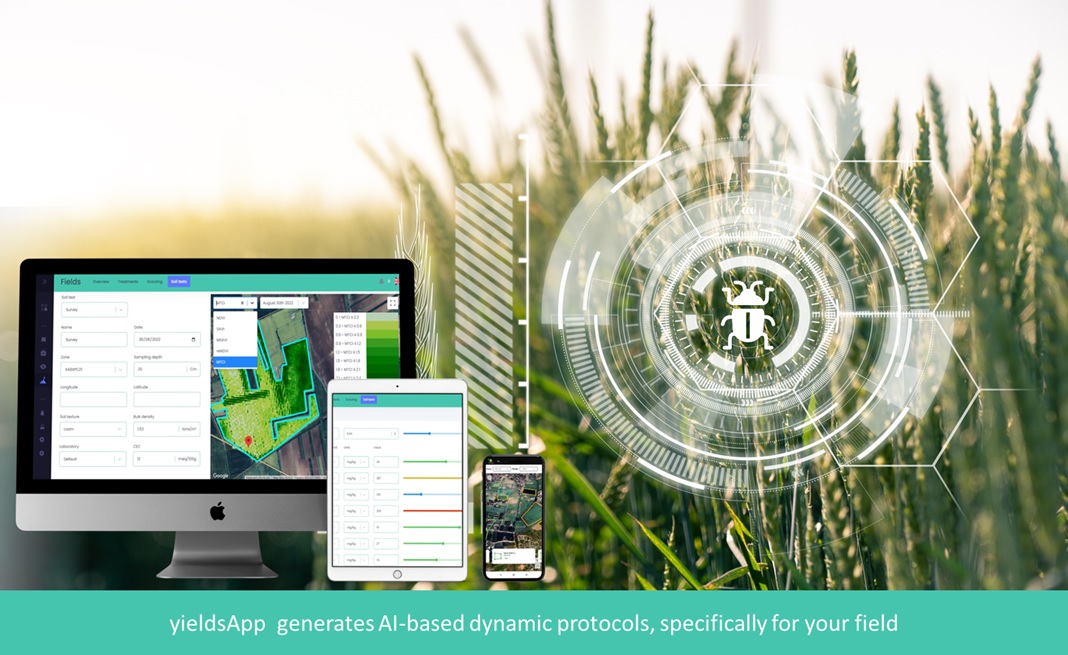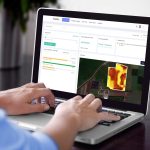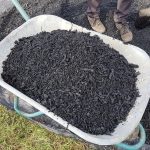Are drones the future of agriculture?
Using drones is not as new concept as you may think. In fact, the first drones date back to the first world war era in the military. However, the modern world’s ever-increasing problems have resulted in the modification of these drones to cater to various sectors’ needs.
One of such pressing needs was to feed the rapidly growing world’s population. Moreover, farmers have to adopt more sophisticated control measures due to the recent unpredictable climatic patterns and pesticide-resistant crop diseases.
What are drones?
Drones can be defined as pilotless aircraft. In other words, they are unmanned aerial vehicles (UAVs). They can fly to higher heights, but most jurisdictions demand a license to fly the drones above 50m. Initially, the UAVs were designed military purposes. But due to their limitless benefits, they have found their way into almost every sector, including agriculture.
What are the advantages of using drones in agriculture?
Drones allow farmers to quickly survey and map their fields, and detect problematic areas, before the problem becomes too big.
The use of drones in agriculture presents numerous gains to the farmer, including:
- Cutting agricultural costs
- Boosting efficiency
- Improving productivity
- Eases field monitoring
- Saves time
- Enhances accurate managerial decisions
How are drones used in agriculture?
The entry of drones into farming was warmly received, especially by commercial farmers. Drones are used for aerial surveying, including crop monitoring, field mapping, spraying pesticides, take imagery, assess crop health and more.
Field monitoring and crop scouting
Drones can provide imagery at an extremely high resolution and, unlike satellite imagery, they are much less affected by clouds. This allows drones to more accurately detect pests, diseases, weeds, assess crop emergence, and other issues in the field. Furthermore, drones can carry different types of sensors and cameras. For example, RGB cameras and multispectral cameras can be used to calculate various vegetation indices, such as NDVI, MSAVI and NDRE.
Application of pesticides and fertilizers
Not all UAVs are minute; some weigh more than 50 pounds. Thus, drones can not only take high-resolution images, but some carry containers full of pesticides and foliar fertilizers. This makes it easier to detect and control pests and diseases as well as apply foliar fertilizers.
Pesticides and fertilizers can be applied specifically to zones in the field where the drone detected a nutrient deficiency, a pest or a disease.
Do farmers require any authorization to operate drones on their farms?
Although laws differ between country to country, most countries recommend that drone operators have training on their operations. Therefore, you should confirm with the relevant regulatory bodies.
Several agtech companies offer drone services, which include operators who fly the drones.
Why are drones becoming more popular in agriculture?
In addition to the data they can provide, drones have several additional advantages:
- They do not require petroleum, which pollutes the environment but depends on environmentally friendly electricity.
- They are considerably cheaper than choppers and other highly capital-intensive machinery. It is way too easier to use them than other heavy machines.
What is the future of drones in agriculture?
The use of drones in farming is here to stay. Just as it is today, the future of agriculture leans towards automation. So, the demand for UAVs will keep on rising.
It seems that drone technology will continue to develop, and drones will become completely autonomous, not requiring human in the field.
Another trend that is likely to grow is the adoption of drones by smaller farmers.
AI-Powered Agronomy
yieldsApp is a revolutionary agronomic platform that leverages cutting-edge technology to transform traditional farming practices into more efficient, data-driven, and sustainable agricultural methods. The platform is designed to assist farmers, agricultural consultants, and agribusinesses in optimizing crop production while minimizing improving soil health, reducing agrochemical usage, and promoting sustainability. Click here to learn more.








